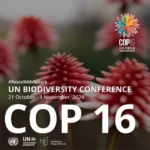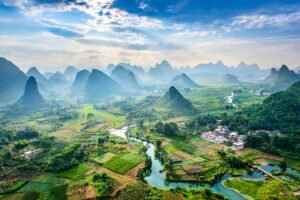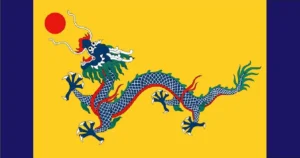Indonesia is often considered the Asian country with the most native animals. Its vast archipelago, which includes thousands of islands, hosts an incredibly diverse range of wildlife. Indonesia is home to numerous unique species, including the Sumatran tiger, Javan rhinoceros, and the Komodo dragon.
In a new study published in the journal Ocean & Coastal Management, an international team of researchers led by the Leibniz Center for Tropical Marine Research (ZMT) uses the example of Indonesia to provide critical insights into how alternative forms of conservation—so-called “other effective area-based conservation measures” (OECMs)—can complement marine protected areas (MPAs) to meet this biodiversity target.
According to marine biologist Estradivari, at ZMT and lead author of the study, “this study is particularly timely as COP16 addresses pathways to achieve the ambitious 30×30 conservation goal. The study also provides a model for other nations looking to integrate diverse area-based management practices into their conservation frameworks”.
“At COP16, Indonesia will report on its progress in marine conservation and will use the findings of our study to contribute to the global discussion on the 30×30 conservation target. The study provides concrete examples of how OECMs can contribute to the conservation of biodiversity,” says Estradivari.
While MPAs play a vital role in preserving biodiversity on our planet, they alone are not enough to halt the accelerating threats and pressures to natural habitats and biodiversity. OECMs can offer further means of achieving global biodiversity targets. These measures include, for example, areas that are administered or sustainably managed by Indigenous Peoples, local communities, or the private sector.
In many cases, this is orientated towards local values, traditions, and social economy. Unlike traditional protected areas, nature conservation is not always the main goal of OECMs but is achieved as a result of sustainable practices.
The new study by researchers from Germany, Indonesia and the U.S. found that Indonesia’s coastal waters, an epicenter of global marine biodiversity, already host 382 potential marine OECMs, covering more than 10 million hectares.
Combining OECMs with MPAs can enhance marine conservation in Indonesia. Both OECMs and MPAs have the potential to protect more than half of the country’s seagrass and coral reef habitats.
The research also highlights that OECMs can serve as ecological corridors that improve connectivity between existing MPAs. This integration not only bolsters biodiversity conservation but also supports local governance and sustainable resource management practices.
Using a spatial analysis approach, assess the ecological contributions to marine conservation of 382 potential marine OECMs and 193 marine protected areas across Indonesia.
Key coastal habitats—mangroves, seagrasses, and coral reefs—were the primary focus. In addition, the research team from Germany and Indonesia also analyzed human pressures like fishing, coastal population density, industrial development, and pollution.
“Recognizing OECMs as legitimate conservation areas together with MPAs can increase the marine conservation network in Indonesia by 13% in 2030, advancing the country’s effort to meet its national conservation targets,” says Estradivari, marine biologist at ZMT and lead author of the study.
“Although the identified potential marine OECM areas are on average five times smaller than the size of MPAs, they form a denser and better-connected network of ecological corridors that benefit the movement of marine species and the resilience of populations and are important for biodiversity,” the Indonesian scientist continues.
“Our results show the potential of OECMs to fill gaps left by traditional MPAs in achieving conservation goals. They also offer flexible management structures, which makes them uniquely positioned to integrate conservation with local socio-economic benefits,” adds Dr. Sebastian Ferse, reef ecologist at ZMT and lecturer at the IPB University in Bogor, Indonesia.
“Formally recognizing OECMs supports biodiversity while empowering local communities to manage their resources, creating a win-win solution for both nature and people. This inclusive conservation aligns with global goals to combat climate change, protect biodiversity, and promote sustainable development.”















